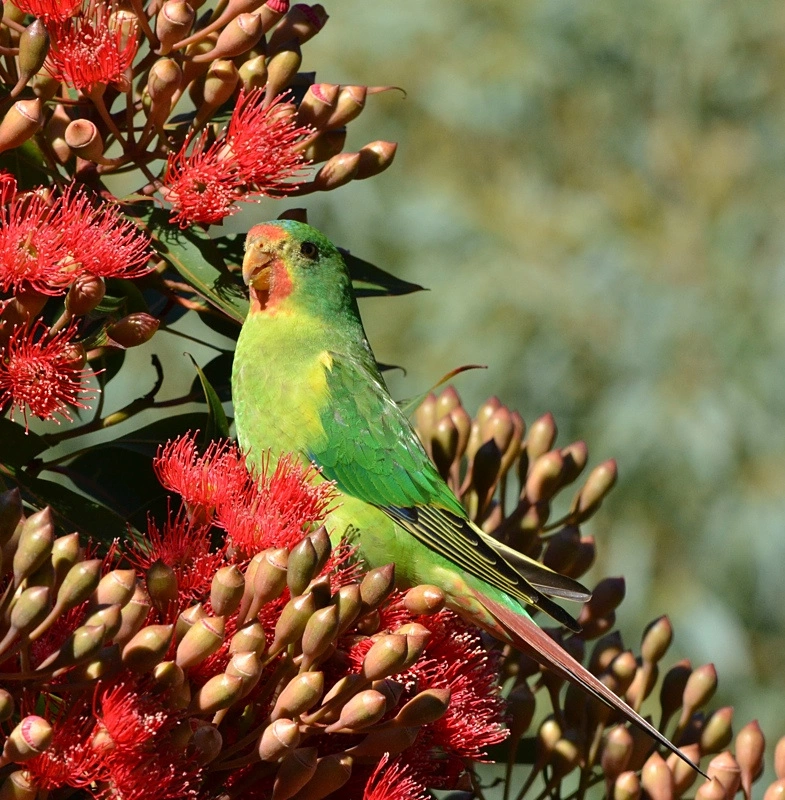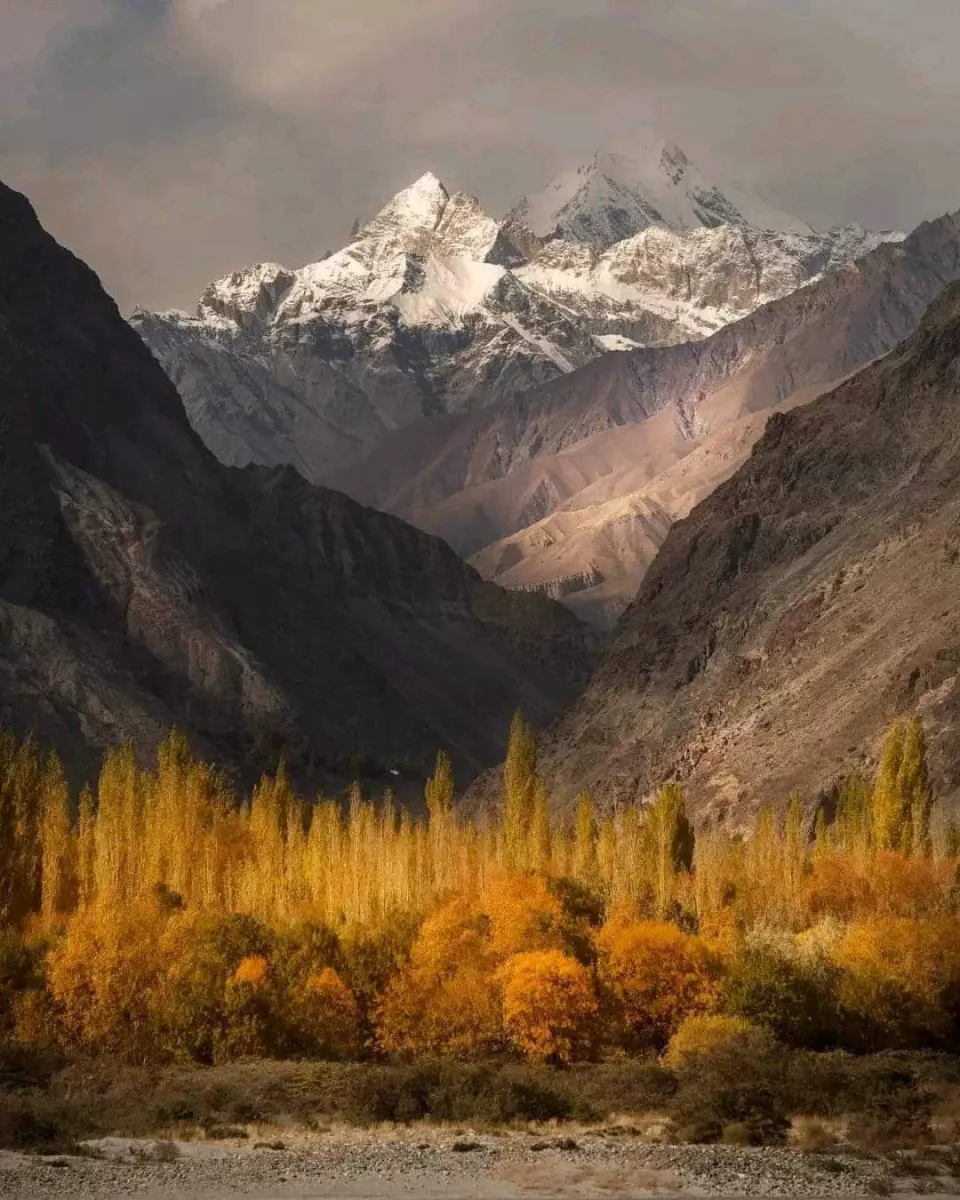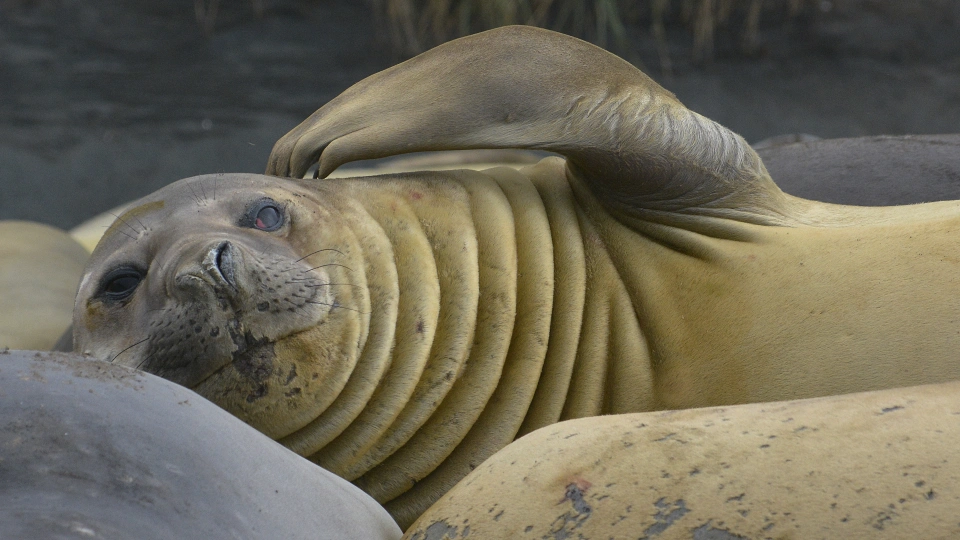Contact
About
Articles by

From Bulldozers to Bush Regeneration
The Mosman Parks and Bushland Association was formed in the 1964 by residents protesting against a road being bulldozed through natural bushland in Mosman. This group became the birthplace for Australia's bush regeneration movement.

Why is the sand finest at the top of a beach?
When a waves come in, there is an enormous amount of energy, but it loses that energy as it sweeps up the beach, dropping heavier particles first and then dropping the finer particles of sand.

Jamie Kirkpatrick - a giant of conservation
Vale Professor Jamie Kirkpatrick (1946 - 2024) Jamie was a giant of Tasmania's conservation movement, a World Heritage and National Parks expert and an internationally renowned geographer and conservation ecologist. He inspired countless hearts and minds, for Nature.

Gerard Castles on place
Gerard Castles (1961 - 2025) was one of Tasmania's greatest thinkers and advocates for its wild places. Here he talks beautifully of the spiritual importance of place.

Somewhere Along the South Cape Bay Track
Writer Helen Cushing explores the white foamy waves, kelp, ecology and exquisite beauty of South Cape Bay in Tasmania's South-West Wilderness World Heritage area.

Sea turtle spark
I had an experience where I was volunteering with sea turtles in Costa Rica, writes ecologist and University of Tasmania PhD student Edith Shum. It was my first trip abroad and that kind of made me. It was the first time I was really out in nature on my own, and made me realise how small I was. It sparked a lot.

The Swift Parrot - An incredible bird
The Swift Parrot is a little bright green parrot, it's about 60 grams or so - about half the size of a Rosella, that flys at very high speeds - up to 88 kilometres an hour, making it the fasted parrot on planet Earth. It breeds in Tasmania and migrates across Bass Strait each year.

Autumn Fungi of the Styx Valley
The Styx Valley, home to the tallest flowering planets on the face of planet Earth, comes alive with a kaleidoscope of red, green, blue, purple, yellow fungi of all shapes and sizes in Autumn.

Visual journey Chitral & Gilgit Baltistan
This short collage of aerial footage takes viewers on a sweeping visual journey across some of the sights of the Chitral & Gilgit-Baltistan region

The incredible diversity of Bruny Island
Bruny Island is a really special place. It's got an incredible diversity of habitats. It's relatively undeveloped, relatively undamaged. So on Bruny Island you can see things like threatened species of birds, still breeding on this island, which is really a wonderful thing.

How trees talk to each other | Suzanne Simard
A former forester, Dr. Suzanne Simard discovered that trees can communicate with each other because their root systems are connected by networks of beneficial fungi. This was a revelation and has created a new paradigm of ecological research.
Galleries by
Southwest National Park, Tasmania
Southwest National Park in Tasmania is a vast, mostly trackless wilderness containing ancient forests, the wildest rivers, a glaciated and mountainous landscape and a spectacular coastline with rich aboriginal history.
Dark Sky Sanctuaries
The aurora australis lights the skies of Southwest Tasmania. The next Dark Sky Sanctuary? Image: Dan Broun
Bryce Canyon National Park, Utah
Bryce Canyon National Park in southern Utah is home to the greatest collection of distinctive spire-shaped rock formations called hoodoos on Earth. Its super-ancient sediment layering dates back to the end of the Cretaceous period, more than 66 million years ago.
Wildlife of Chitral & Gilgit Baltistan
Snow leopards, golden marmot, markhor, golden eagles, lynx, and other wildlife species frequent the extraordinary region of Chitral & Gilgit Baltistan in Northern Pakistan
Mosman Wildlife
Dozens of species of native animals frequent the remnant moist gullies and bushland of the Mosman peninsula, from the Eastern Water Dragon to Peron's Tree Frog and the endangered Powerful Owl
takayna / Tarkine
Takayna / Tarkine is a hugely diverse wild landscape with an extraordinary history. Largely unprotected this region has huge potential for national park and world heritage status.
The Joshua Tree
Joshua Tree National Park was once described by early explorers as a “profitless locality” and that it “shall be forever unvisited”.
A bit of time, visitation by those with a more discerning eye and the efforts of a determined woman resulted in the protection of a treasured place.
Woodland birds
We all need a good visual dose of the wonder of Nature sometimes, and we can't always get outside from behind the desk, to breathe it in. Here, we bring it to you, with these beautiful close-ups of our unique woodland bird species, photographed by Tasmanian bird ecologist Dr Eric Woehler (OAM). Take a moment and enjoy.
Launching in Hobart
In another successful launch event for Kuno, a big crowd turned out in Hobart on the 1st of October 2024 to hear more about the project, meet the team behind the vision, hear from inspiring speakers and network with other Nature lovers. Thank you Hobart for your support!
Pelagic Birds of Tasmania
Pelagic birds are birds that spend a large part of their life on the open ocean. These include the majestic Albatross, petrels and terns. This gallery of Pelagic birds by Marcio Conrado was taken off the Tasman Peninsula
Rockhopper penguins
The dramatic-looking rockhopper penguin is characterised by its red eyes, upright yellow head feathers along a supercilium stripe and a crest of black feathers on top. They are separated into three sub-species, photographer here by ecologist Dr Eric Woehler (OAM) and located around the Antarctic and sub-Antarctic zones.
The fairy tern: tiny beach nester
The fairy tern is a similar size to a hooded plover - so tiny, it would sit comfortably in the palm of your hand. They lay just two eggs, onto the beach sand. See these remarkable images from Tasmanian-based bird ecologist Dr Eric Woehler.
Galleries Contributed by
Rockhopper penguins
The dramatic-looking rockhopper penguin is characterised by its red eyes, upright yellow head feathers along a supercilium stripe and a crest of black feathers on top. They are separated into three sub-species, photographer here by ecologist Dr Eric Woehler (OAM) and located around the Antarctic and sub-Antarctic zones.
Zion National Park, Utah
The two thousand-foot deep red sandstone canyon through Zion National Park is a majestic masterpiece, carved out over ancient time by the Virgin River. Known for its intense seasonal colours and dramatic vistas and established in 1919, Zion is Utah's first National Park.
Panay, Philippines
The triangle-shaped island of Panay is the sixth-largest of the Philippines archipelago, and has an amazing array of landscapes and biodiversity hotspots, including the Central Panay Mountain Range. As the fourth-most populous island of the Philippines, it is also facing conservation challenges.
Wildlife of Chitral & Gilgit Baltistan
Snow leopards, golden marmot, markhor, golden eagles, lynx, and other wildlife species frequent the extraordinary region of Chitral & Gilgit Baltistan in Northern Pakistan
Bruny Island Coastline
Bruny Island has an intricate, complex, beautiful and varied coastline, ranging from sheltered inlets, shallow bays, mudflats, lagoons, and grand sea-cliffs, through to long sandy ocean facing beaches.
Birds of the Atlantic Forest
The Atlantic Forest is one of the most biodiverse forests in the world including almost 1000 bird species. Here are a few of these birds from photographer Marcio Conrado.
Duco - redemption in nature
Imagery from the life of Duco, a Brazilian environmentalist, nature and bird-guide who found redemption in nature
Southwest National Park, Tasmania
Southwest National Park in Tasmania is a vast, mostly trackless wilderness containing ancient forests, the wildest rivers, a glaciated and mountainous landscape and a spectacular coastline with rich aboriginal history.
The Joshua Tree
Joshua Tree National Park was once described by early explorers as a “profitless locality” and that it “shall be forever unvisited”.
A bit of time, visitation by those with a more discerning eye and the efforts of a determined woman resulted in the protection of a treasured place.
The fairy tern: tiny beach nester
The fairy tern is a similar size to a hooded plover - so tiny, it would sit comfortably in the palm of your hand. They lay just two eggs, onto the beach sand. See these remarkable images from Tasmanian-based bird ecologist Dr Eric Woehler.
Bruny Island wildlife
Bruny Island is a haven for rare and unique birds and animals, and is one of the best bird-watching spots in Australia.
Bruny Island - A Photographer's Paradise
Bruny Island is an island, off an island, off an island, surrounded by islands. Image: Nick Monk

